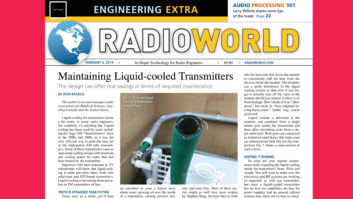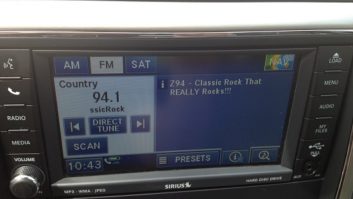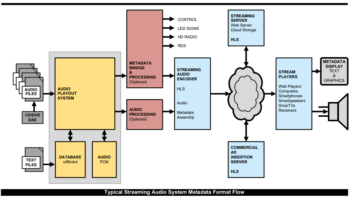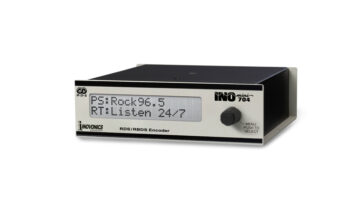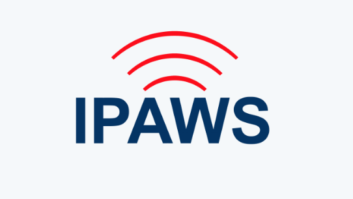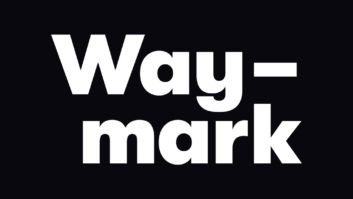In 2017, the NRSC launched a new website for FM Translator RDS PI codes. We discussed this in detail in the Dec. 20, 2017 issue of Radio World and here.
At the 2018 Radio Show, the NRSC unveiled an updated website that also provides PI codes for full-service FM and LPFM stations in the United States that have four alphabetic characters (i.e. KAAA, WZZZ, etc.). The URL to access this site is still the same.
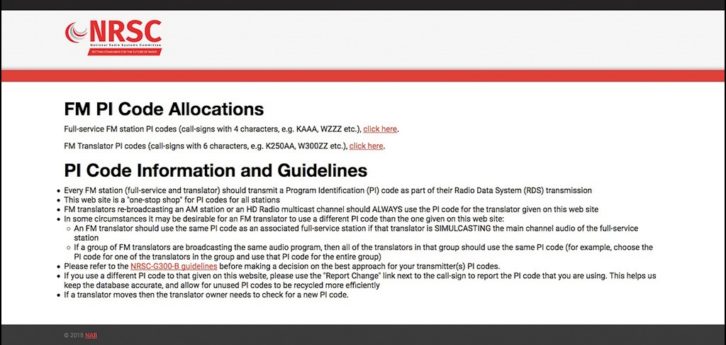
Now, visitors to the website are brought to a portal that asks what database the visitor wants to access. The translator and full-service databases are kept separate, as they are calculated differently. Historically, full-service FM stations have had to calculate their PI code using a formula in NRSC-4-B based on their assigned FCC call sign.
That formula only worked with four alphabetic characters call signs that begin with K or W. Translator call signs are structured differently and did not work with this formula. Also, due to the high concentration of translators and their comparatively smaller coverage areas, the translator calculation database must duplicate codes to avoid exhaustion, but does so to avoid geographic conflicts and ensures the assignments are RadioDNS-compliant.
It became apparent in our discussions regarding PI codes for FM translators that there was not an authoritative database for full-service stations. Many calculated their PI code manually by following the formula in the NRSC-4-B document.
The industry also resorted to various private websites or calculator programs over the years. These programs were helpful to get the industry pointed in the right direction, but they were not authoritative. Some versions of the calculation tools had errors in their calculations as well, and that caused a problem with conflicts in some instances. This new database helps alleviate these problems.
The NRSC worked again with NAB Pilot to expand the capabilities of the website to include these full-service stations. Just like the translator database, the full-power PI code assignments are processed daily and include anything new published in the FCC FM Database.
REPORT CHANGES
A new feature was added that allows both the full-service and translator stations to report what code may be in-use if it differs from the listed assignment. There are a few limited cases where this is possible. For instance, it’s possible when there is a 100 percent time-aligned simulcast of several signals to share the PI code to aide in Alternate Frequency (AF) switching between the stations.
Another situation that arises is where a station carries RDS TMC (Traffic Message Channel) in the United States to transmit traffic data to embedded navigation systems. These stations often need to set the first nibble of their PI code as 0x1 for compatibility with some RDS TMC capable receivers. Now, stations that transmit a PI code that is different than what is calculated or assigned by the NRSC have a mechanism to inform the NRSC and ultimately the rest of the broadcast industry what code is in use.
Alan Jurison is a senior operations engineer for iHeartMedia’s Engineering and Systems Integration Group. He chairs the NRSC Metadata Usage Working Group. His opinions are not necessarily those of iHeartMedia, the NRSC or Radio World.





